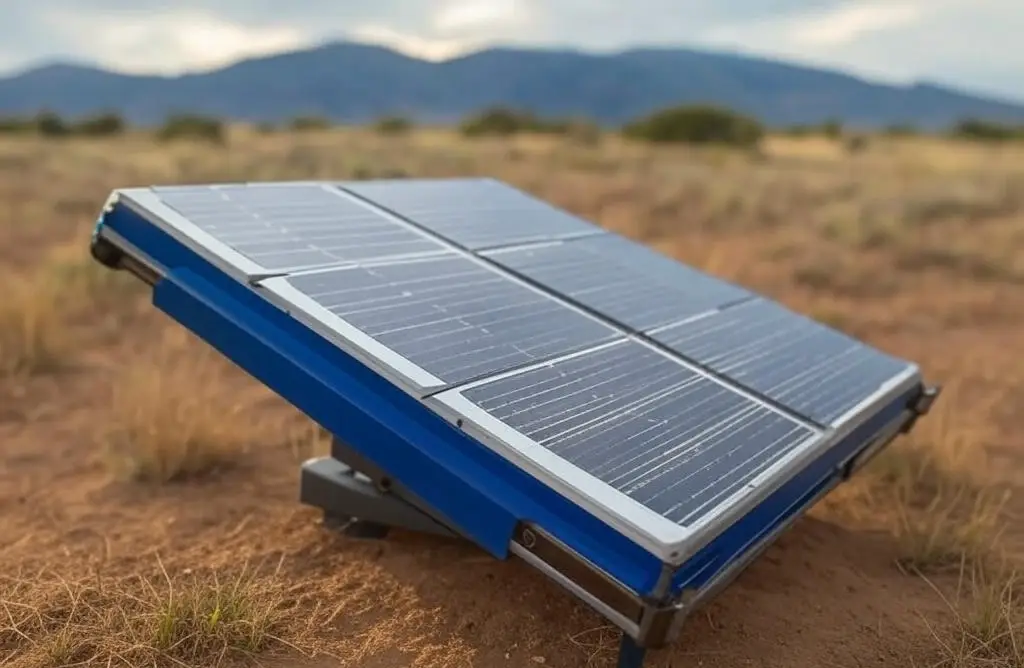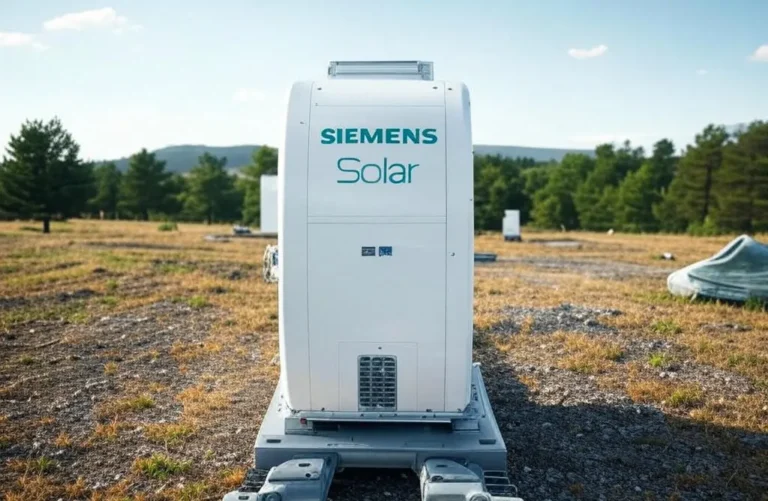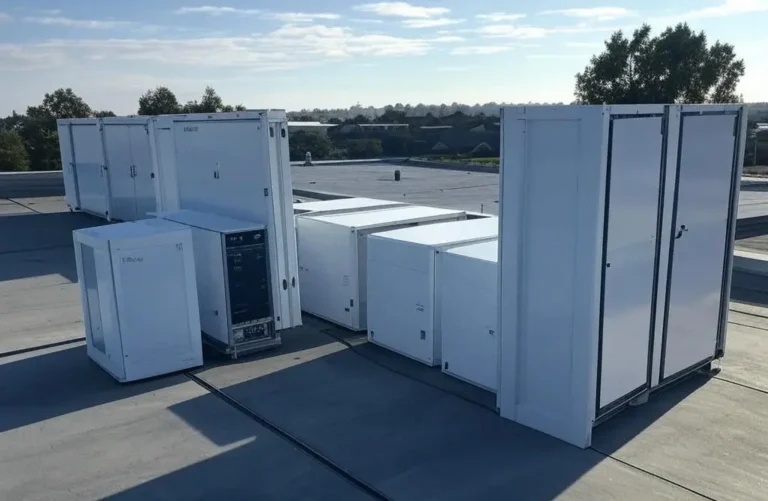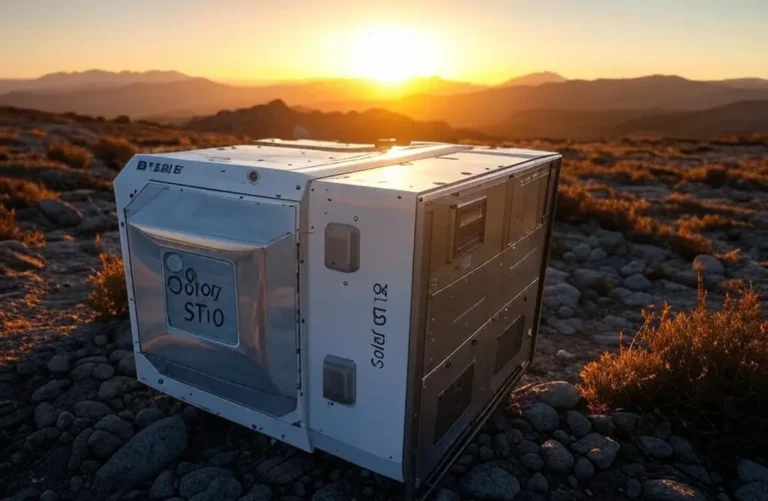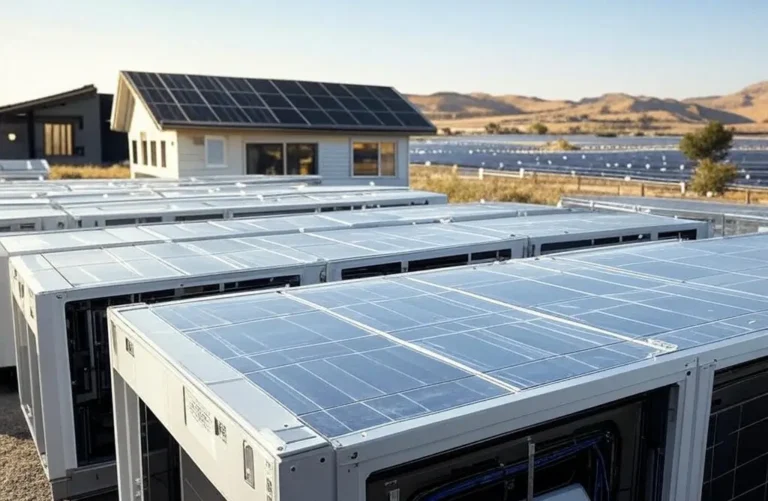CIS Thin-Film Module
The Siemens ST20 solar (photovoltaic) module uses Siemens Solar´s industry-leading Copper Indium Diselenide (CIS) thin-film technology to efficiently create electricity from sunlight.
Designed for use in 12 volt systems, the ST20 performs efficiently in all operational conditions. Its distinctive ability to deliver battery-charge power levels in low-light situations makes it particularly effective for specialized applications and in adverse or changeable environments.
| Electrical Parameters (1) | Units of measure | Model: ST20 (12V) |
|---|---|---|
| Maximum power rating | Pmax [Watts] | 20 |
| Minimum power rating | Pmin [Watts] | 18 |
| Rated current | Imp [Amps] | 1.29 |
| Rated voltage | Vmp [Volts] | 15.6 |
| Short circuit current | Isc [Amps] | 1.48 |
| Open circuit voltage | Voc [Volts] | 21.0 |
| Thermal Parameters | ||
| Nominal operating cell temperature | [°C] | 47±2 |
| Temp. coefficient:short-circuit current | [°C] | .26mA/°C |
| Temp. coefficient:short-circuit voltage | [°C] | -0.1V/°C |
| Qualification Test Parameters | ||
| Temperature cycling range | [°C] | -40 to +85 |
| Humidity, freeze, damp heat condition | [Volts] | 25.0 |
| Wind loading or surface pressure | [N/m²] (PSF) | 2400 (50) |
| Maximum distortion | [degrees] | 1.2 |
| Hailstone impact withstand (diameter @ velocity) | [in @ mm] (MPH @ m/s) | 1.0 [25] 52 [v=23] |
| Weight | [kg] (lbs) | 8.8 [4.1] |
| Warranty (5) | ||
| Power >= 90% of minimum power | [Years] | 5 |
Siemens Solar ST20: Compact CIS Module for Off-Grid Efficiency
Siemens Solar’s ST20 module is a compact, high-efficiency photovoltaic (PV) solution delivering a 20-watt power output, designed for off-grid applications such as remote telecom, RV camping, and small residential systems. Part of Siemens Solar’s ST-series, the ST20 utilizes Copper Indium Diselenide (CIS) thin-film technology, offering superior performance in low-light conditions and adverse environments. This article expands on the original ST20 page from our website, providing a detailed exploration of its technology, specifications, installation versatility, benefits, and real-world applications, showcasing Siemens Solar’s innovation in delivering sustainable energy for specialized off-grid needs.
The Advantage of CIS Thin-Film Technology
CIS thin-film technology, a hallmark of Siemens Solar’s ST-series, provides distinct advantages over traditional crystalline silicon, particularly in low-light and variable conditions. By 2023, off-grid solar systems like the ST20 contributed to expanding energy access, with micro-solar solutions powering niche applications worldwide, per IRENA data. Introduced as an evolution of Siemens Solar’s early offerings, the ST20 is tailored for users needing reliable, compact power without fuel dependency.
Why the ST20?
- Low-Light Efficiency: Excels in cloudy or shaded conditions.
- Cost Savings: Saves $50-$100 yearly on fuel or battery costs.
- Sustainability: Reduces emissions by 0.2-0.3 tons per unit annually.
- Compact Design: Ideal for limited spaces or portability.
Technology Overview
The ST20 features Siemens Solar’s industry-leading CIS thin-film cells, a durable laminate structure with EVA encapsulation, and a lightweight design, optimized for small-scale, off-grid power generation.
Module Specifications
| Specification | Detail | Benefit |
|---|---|---|
| Power Output | 20 watts | Suits small off-grid loads |
| Efficiency | 10-12% | Effective in low light |
| Size | 24” x 13” | Portable and space-efficient |
A single ST20 generates 30-40 kWh annually, powering lights, small devices, or trickle-charging batteries for 6-8 hours daily with a 1-2 kWh battery.
Installation Versatility
- Rooftop Mount: Fixed on cabins or RVs.
- Portable Setup: For camping or temporary use.
- Ground Mount: For telecom or remote posts.
Real-World Applications
Alaska RV Camping
An ST20 powers a camper’s lights and fan, saving $75 yearly on fuel.
Kenya Telecom
Three ST20 modules support a rural relay, reducing emissions by 0.25 tons annually.
Benefits
Saves $50-$100 yearly per unit, offers efficient off-grid power in low light, and minimizes environmental impact.
Future Vision
Siemens Solar aims to enhance CIS modules like the ST20 with smart features and higher efficiency by 2030.

